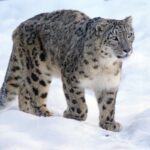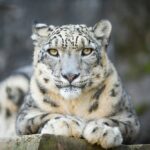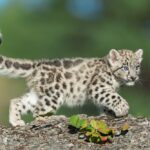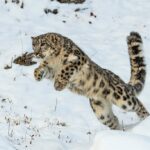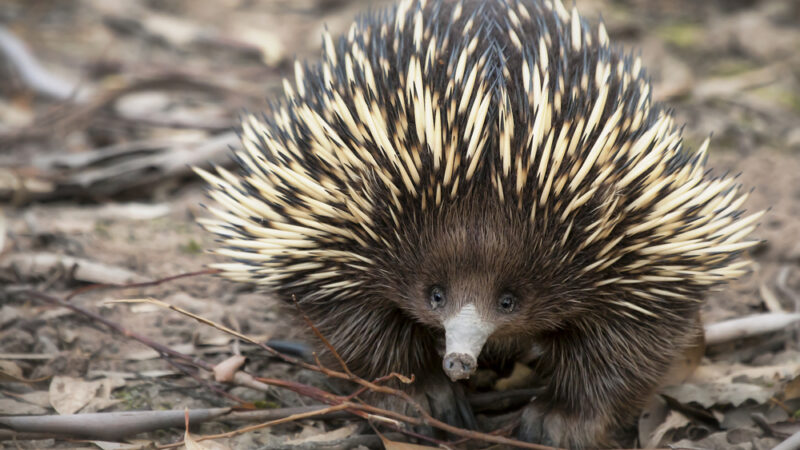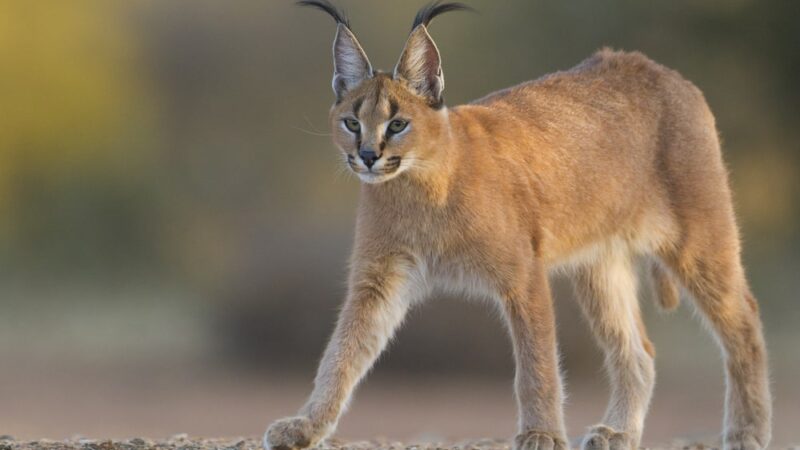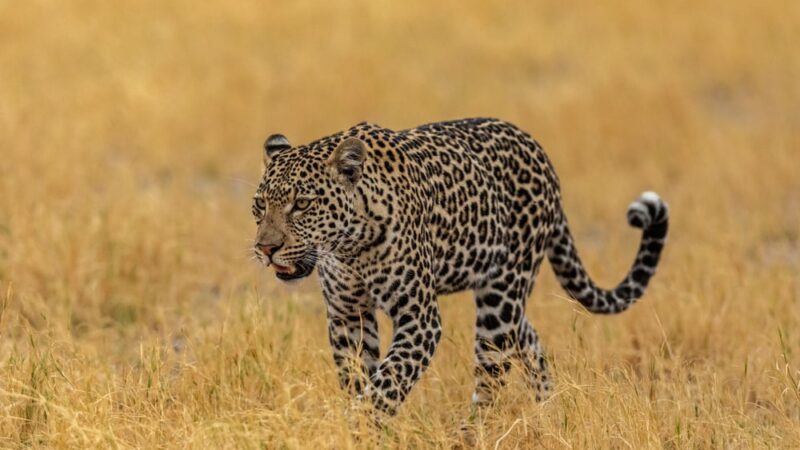Snow Leopard
Shelter for Animal | Snow Leopards | Snow leopard is a solitary animal. They are known to form couples, only during the mating season in spring. Females prepare their dens for the future offspring by lining them with fur dens, which are usually located inside crevices caves, or other remote places, where Cubs won’t be disturbed.
Snow leopard
In late spring or early summer, female snow leopards give birth to one to five cubs. The youngsters that are born blind and helpless need only a week to open their eyes and start moving around. At the age of two months, the cubs are ready to leave the den for the first time and start consuming meat.
Snow Leopard cubs usually have darker coats, than their parents allowing them to better blend, in among the rocks for about five months. After birth, they are usually strong enough to follow their mother on hunts. These cubs are especially playful and they usually enjoy rolling around in the snow. After having a playful time or hunting trip with the mother the baby snow leopards can be seen basking in the Sun.
Young snow leopards reached their maturity about one and a half years after birth.
Snow leopard lifespan
- The lifespan of the Snow leopard is 13 years in the wild.
- In captivity, some animals live for over 20 years.
The elegant and well camouflaged Snow leopard is one of the world’s most elusive cats, which are thinly spread across 12 countries in Central Asia. Snow leopards prefer to stay in steep cliff areas rocky outcrops and other rugged mountain landscapes.
Where do Snow leopard live?
Snow leopards belong to the list of mammals that reside at extremely high altitudes. Some leopards were spotted in harsh snowy alpine regions at an altitude of close to 18,000 feet but despite living so high up in the mountains snow leopards are highly adapted to their home environment.
China contains about 60 percent of snow leopard habitat. They have already disappeared from certain parts of Mongolia which is part of their historic range.
Snow leopard adaptations
The Snow leopard has a thick coat and has a greyish color on the back and white or creamy white on the belly. The coat is patterned with dark rosettes and spots the pattern is unique to each individual. Such coloration is perfect for disguising the animal in its natural environment.
Among rocks and stones white snow and ice, their beautiful coats are made up of long hairs with a dense wooly underfur to protect them against the cold. In harsh climates, in winter it can be so cold that leopards’ thick coats can’t keep them warm enough. So in order to survive the animals cover themselves and their cubs with their long fluffy tails.
Even their paws are accustomed to living in such conditions snow leopards paws are wide enabling them to distribute their weight for better traction, when walking on snow. Paws are also heavily furred to increase their grip on steep or unstable surfaces and help to minimize heat loss. These large paws are known to muffle the sound of the animal’s movements.
The snow leopard’s nose is well adapted to deal with the cold a short but wide nasal cavity heats the freezing air prior to it reaching the lungs.
Snow leopard big cat
Snow leopards spend their daytime resting sleeping and lying on the rocks at dusk. These animals become more active and usually began hunting. So snow leopards are rarely seen in the wild.
They have a strongly built body that allows them to live and hunt in rugged mountain terrain. Under extreme weather conditions compared to big cats, snow leopards have relatively short legs despite being shorter in their hind limbs, which are strong enough to allow them to leap horizontally up to thirty feet which is six times their body length.
Leopard eyes and tail
Leopards use their long tails for balance when jumping or maneuvering through steep rocky slopes their bushy tails also provide additional protection against the cold. Since the Leopards can wrap them around themselves while they’re arresting. When hunting snow leopards greatly rely on the incredibly developed eyesight that enables them to see prey from far away.
Snow leopards have light green or gray eyes, which is unusual for a big cat that usually has yellow or gold eyes. Once the prey is spotted the snow leopard either patiently waits and ambushes its unlucky victim or silently creeps up on it. Snow leopards are strong enough to attack prey three times, their own body weight.
One successful hunt can provide enough food for a week.
Hunting skills of Leopards
Snow leopards usually prey on herbivores but in many areas they also target livestock, bringing them into conflict with herders. Unusually among cats, snow leopards also eat a significant amount of vegetation including grass and twigs.
An individual snow leopard lives within a self-defined home and hunting range and is known to defend it. If any other predator tries to encroach upon it, in order to survive a male Snow leopard needs a territory of around 80 square miles, while females require up to 48 square miles due to the remoteness and inaccessibility of snow leopard habitats.
It is believed that snow leopards do not attack humans only a wounded or sick animal can display aggressive behavior towards a human.
Snow leopard size
The snow leopard is a graceful and strong animal. At first glance, it looks like a small tiger but with a coat similar to that of a leopard. There are two scientifically accepted subspecies of Snow Leopard that are differentiated by the color of their coats, type of rosettes, and their size.
Snow leopards are slightly smaller than the other big cats but usually exhibit a range of sizes males tend to be larger heavier and stronger compared to females.
Facts about Snow leopard
- The average weight of an adult male can be close to 160 pounds.
- Body length can range from 30 to 60 inches.
- The tail is quite long at 31 to 39 inches.
- Snow leopards are stocky.
- They are short-legged wildcats.
- Snow leopards are standing about 24 inches at the shoulder.
The population of Snow leopards
There are only 3,500 to 7,000 snow leopards left in the wild, with 600 to 700 individuals kept in zoos around the world, until recently their remote habitat and elusive behavior helped to keep these species from extinction. But as snow leopards territories started to overlap with human settlements.
The population of these animals started to decline due to the shrinking of their habitat. Humans push ever further with their livestock. Snow leopards started to have a taste for domestic animals which has led to killings of the big cats by herders climate change poaching. and the decline of the cats.
Large mammal prey is also contributing factors luckily the countries where these animals are found are trying to join forces in creating wildlife sanctuaries for preserving snow leopards.
Reference: Wikipedia, Britannica
